Analyses of the skeleton retrieved from the well at Sverresborg in Trondheim in 2016 shed new light on a dramatic story from King Sverre’s saga. Now, researchers know how old the man was, what he looked like, and where in Norway he was from.

Research
Our focus is on cultural heritage as an asset for society. We work within scales spanning from entire landscapes and cities to individual buildings and objects.
NIKU’s European Strategy 2022-2026
NIKU is the only Norwegian research institute with cultural heritage as its main purpose. Cultural property and heritage sites are material sources of our history, and together with other cultural heritage they create understanding, meaning, and a sense of belonging. Hence well-informed and sustainable management of the vestiges of previous generations is important for building a thriving society. NIKU's researchers engage with this concept primarily through applied research but also some basic research, to untangle complex issues across sectors and disciplines. In this way, NIKU contributes to solving some of the great societal challenges of our time.
Research projects
Here are some examples of NIKUs research both past and present.
Publications
On this page you will find info on NIKU's latest articles, reports and books within a wide a range of the heritage field.

Research projects
Some of our research
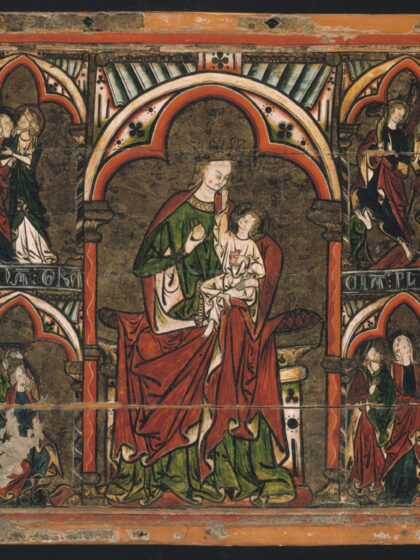
Beyond Colour: Aesthetics, Craft and Splendour in Medieval Church Art of the North (BEACON)
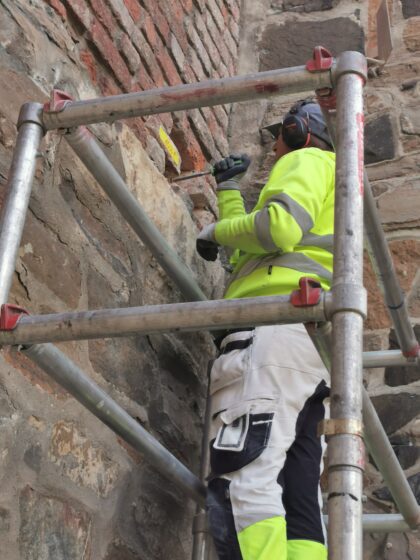
Dating Akershus Castle using OSL-method

HIERARCHIES

Heritage and the European far-right
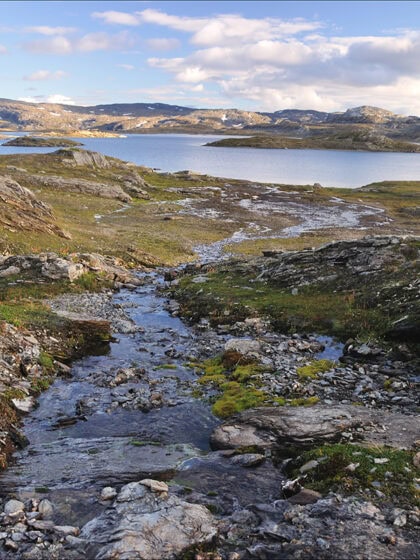
PARKAS

The Self in Social Spaces
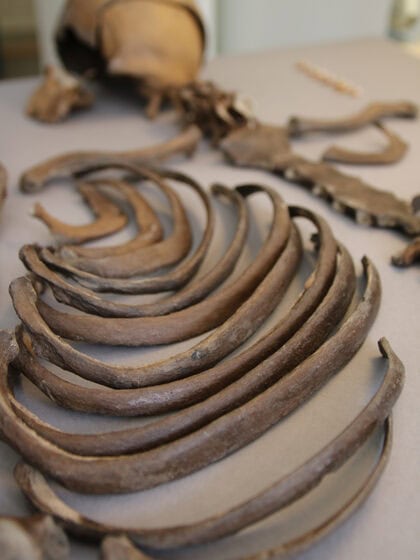
Investigating medieval urbanisation through bioarchaeology
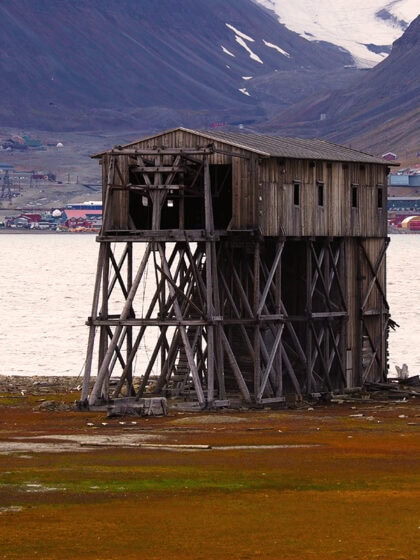
ADAPT NORTHERN HERITAGE

Complexity
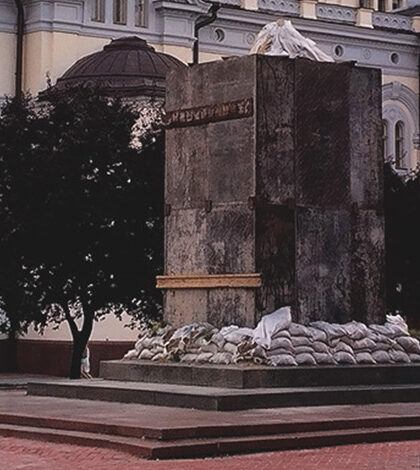
Cultural heritage in conflict areas (DECOPE)
Latest news
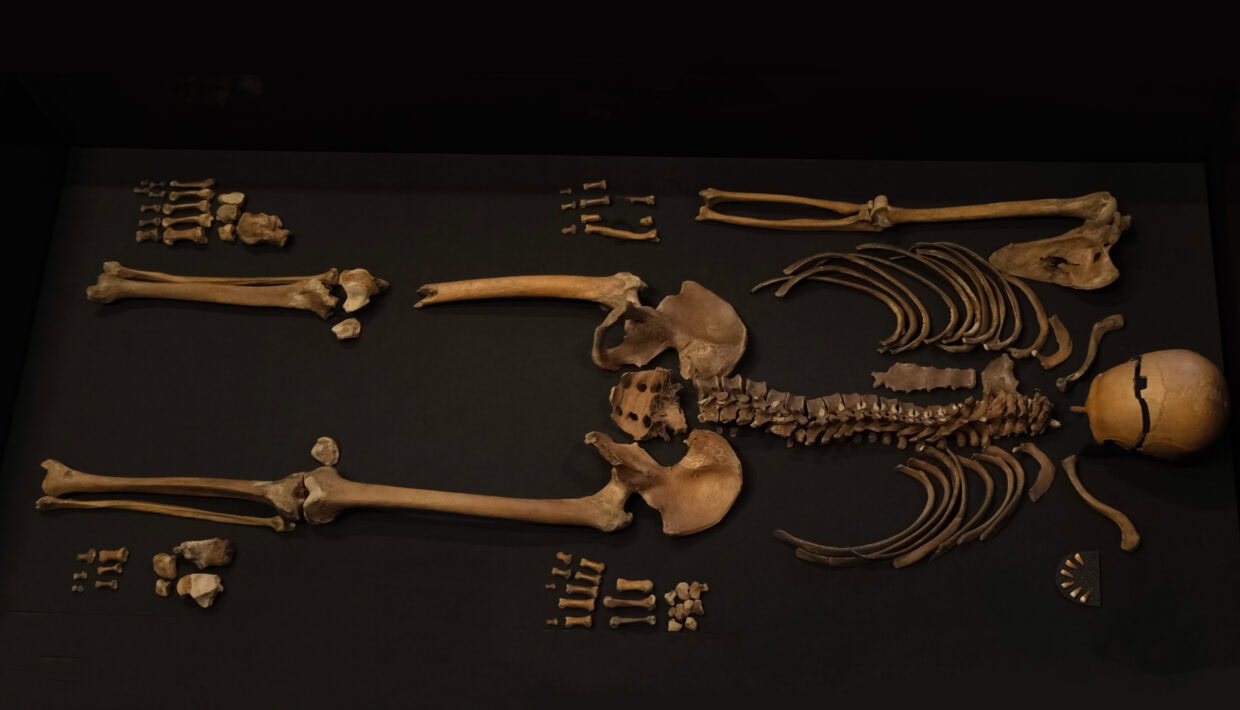
DNA analysis reveal that the man in the well at Sverresborg was blond, blue-eyed, and from the south of Norway
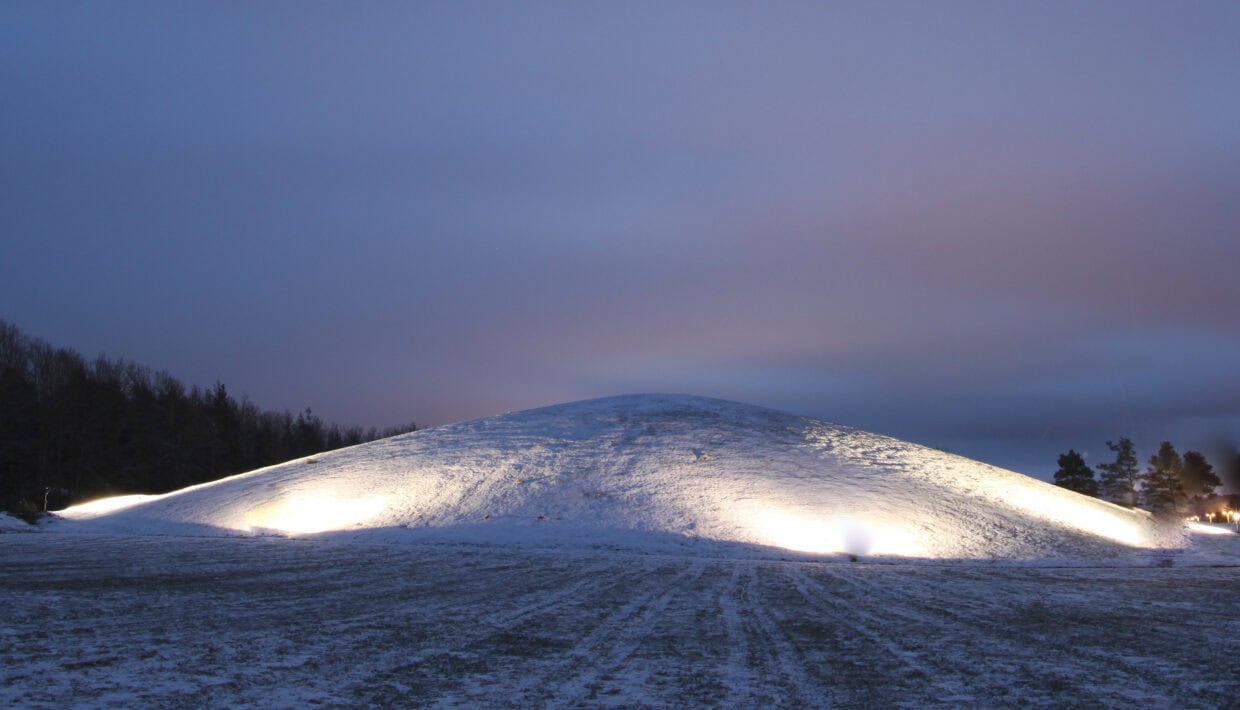
Linking Places – Call for Papers
Call for papers for the conference Linking Places in the Emerging Viking Age in Oslo October 17-18th. The submission deadline is 31st May.

Innovative Technology: Robot to Find Norway’s Hidden Cultural Heritage
The Norwegian Institute for Cultural Heritage Research (NIKU) and AutoAgri are launching a revolutionary self-driving ground penetrating radar (GPR) for archaeological survey. The technology promises increased efficiency, climate friendly solutions, and accurate mapping of hitherto undiscovered cultural heritage.
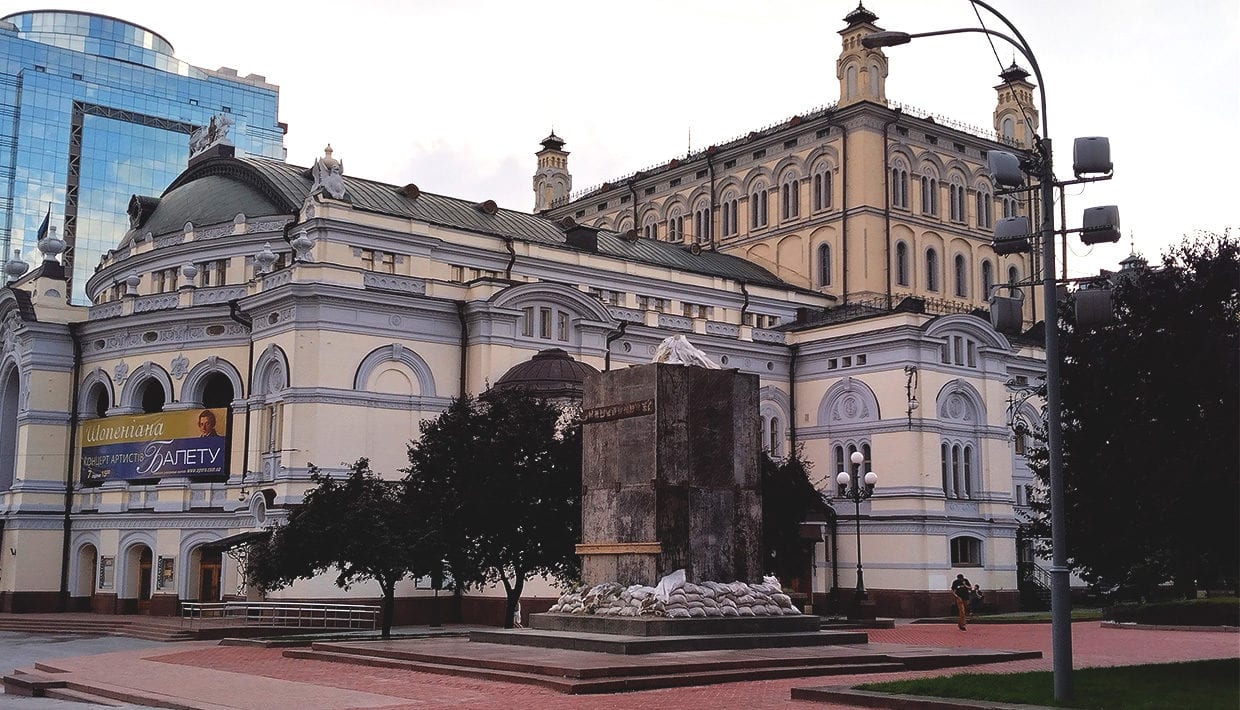
Heritage experts to study Ukrainian response to protecting cultural heritage and monuments during war
A new international project is to explore how cultural heritage, monuments and the professionals involved in their safeguarding, can be better protected during times of war.

Vulnerable cultural heritage is under threat on Svalbard
A major research project seeks to find out how cultural heritage in arctic and alpine environments degrade and how they can be preserved.

NIKU and Scottish partners invites to a week of workshops and lectures in Oslo
The Norwegian Institute for Cultural Heritage Research invites researchers, heritage professionals and other interested groups to a week of workshops and lectures based on our collaborations with partners from The University of Stirling and The University of Edinburgh.
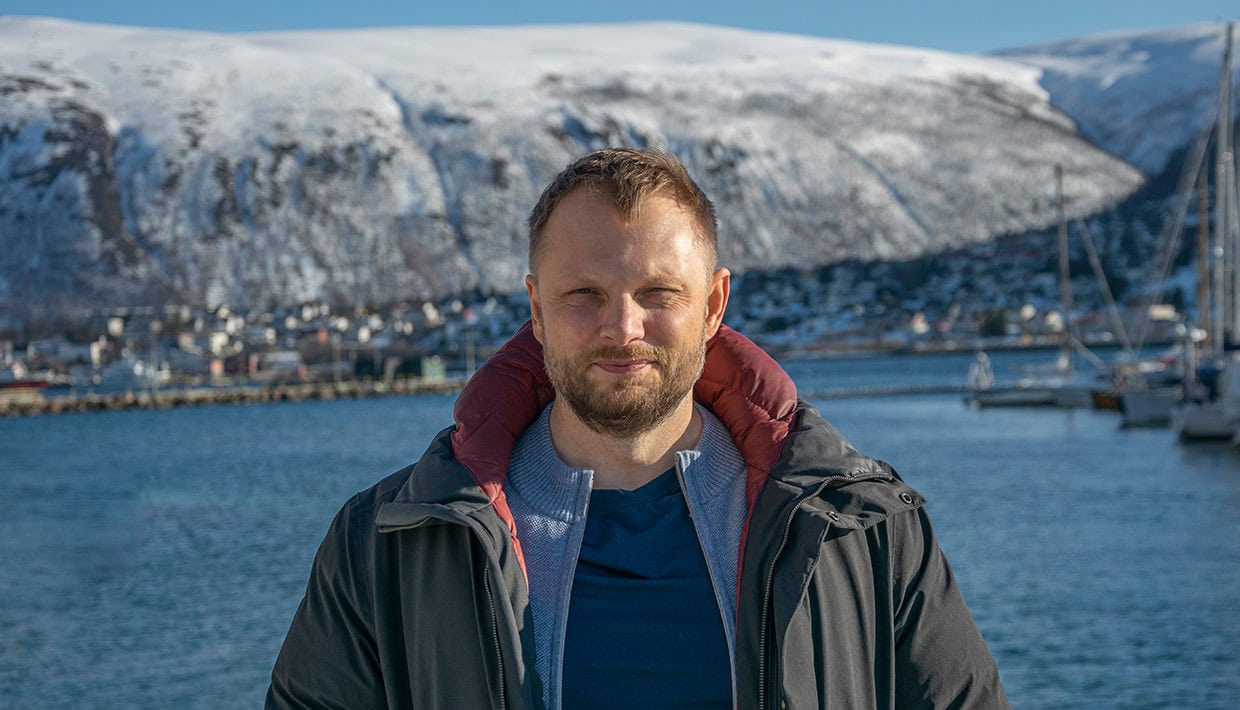
ERC funding for NIKU project on nomadic pastoral cooperation
Marius Warg Næss from NIKU’s High North Departement at The Fram Centre has received funding from the European research council as one of nine Norwegian researchers. The next five years, he will study how political complexity can evolve from small-scale cooperative groups in nomadic pastoral societies.
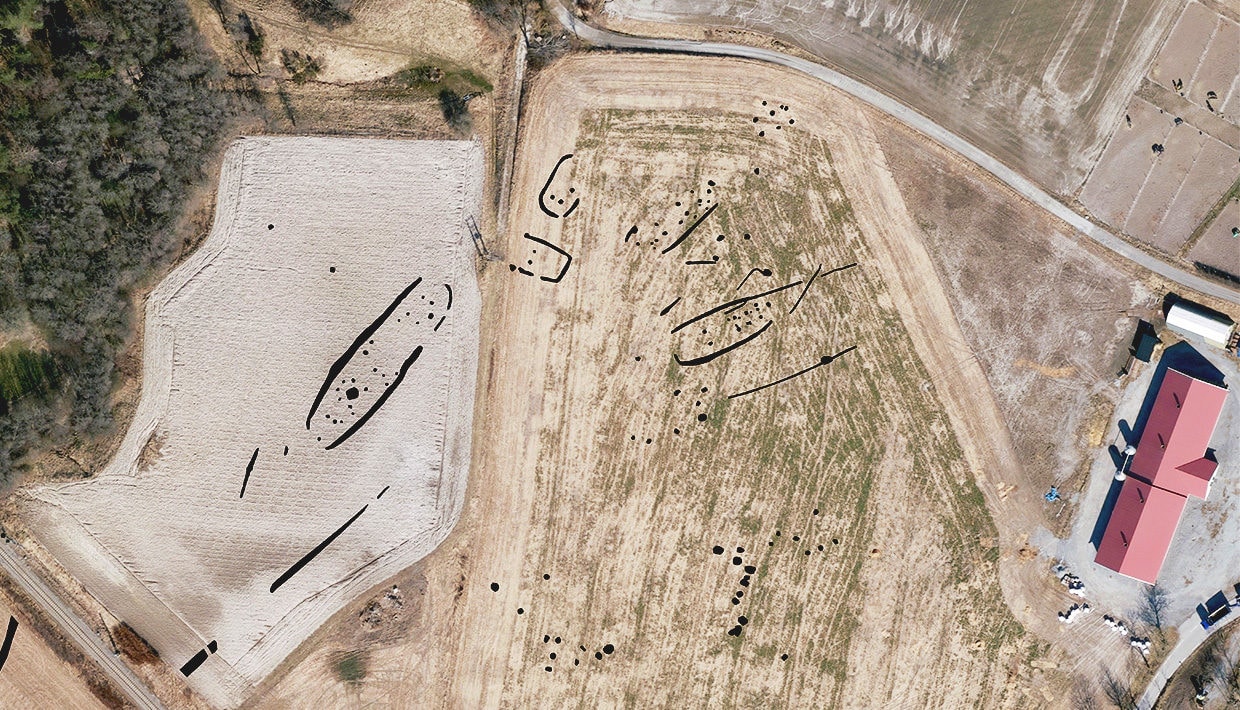
60 metre longhouse discovered with GPR near Viking ship at Gjellestad
At Gjellestad in Norway, archaeologists from the Norwegian Institute for Cultural Heritage Research (NIKU) have found a 60 metre longhouse. There is no longer a doubt that Gjellestad, where the same team discovered a Viking ship in 2018, has been a central place in the late Nordic Iron Age. In the next few years, researchers will hopefully find the answer to how Gjellestad became such an important place.
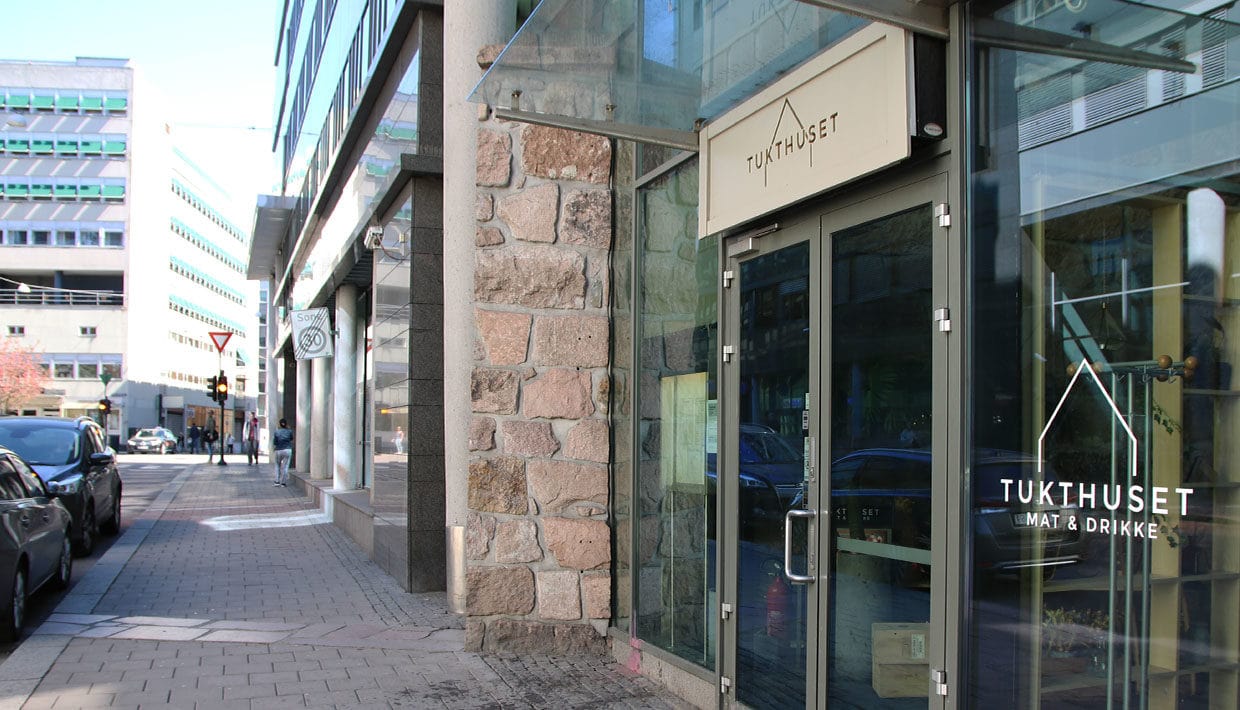
Curbatheri – A toolkit for conceptualizing heritage values in city planning
An international research project aims to develop methods to assess the value of historical structures in urban planning. The unusual name is an abbreviation of ‘Curating Sustainable URBAn Transformations through HERItage’ – CURBATHERI.
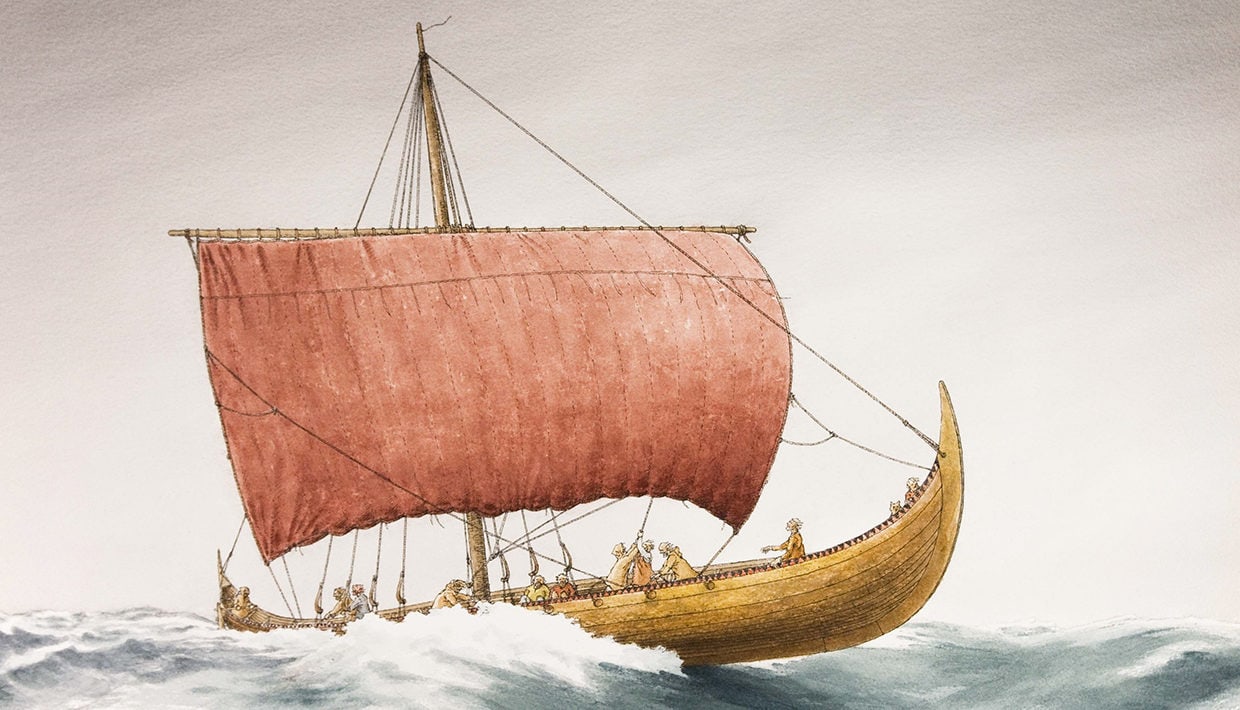
A new article brings the Tune Ship to the world
The Tune ship was found in 1867, but what it looked like and how it was used for has long been a mystery. 150 years after the discovery of the ship, archaeologist and researcher Knut Paasche has created a digital reconstruction of the ship that has revealed many of its mysteries.

